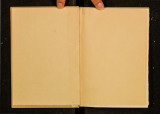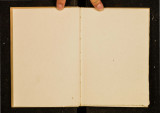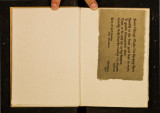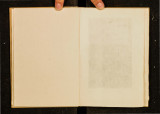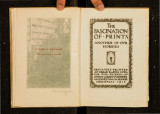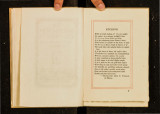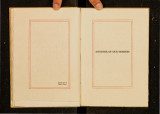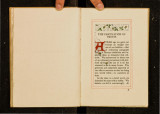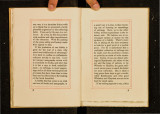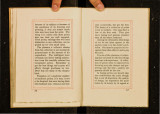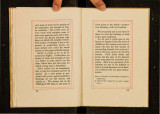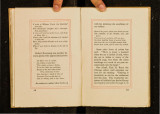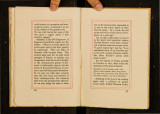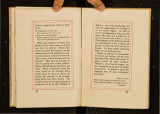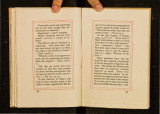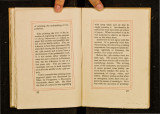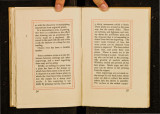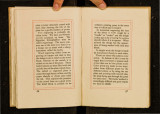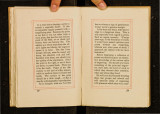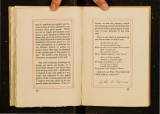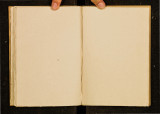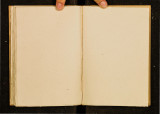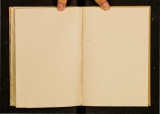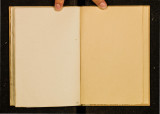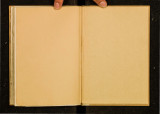| Title |
Fascination of Prints: Another of our Hobbies |
| Call Number |
NE2135 .B74 1915; Record ID 9916004040102001 |
| Date |
1915 |
| Description |
Brewer, Luther Albertus (1858-1933). The Fascinatio of Prints: Another of our Hobbies. Cedar Rapids, Iowa: Torch Press, 1915 NE2135 B74 1915 |
| Creator |
Luther Albertus Brewer (1858-1933) |
| Publisher |
Digitized by J. Willard Marriott Library, University of Utah |
| Subject |
Brewer, Elinore, Taylor; Etching; Keeler, Charles Butler; Wood engraving |
| Type |
Text |
| Format |
application/pdf |
| Language |
eng |
| Collection Name |
Rare Books Collection |
| Holding Institution |
Rare Books Division, Special Collections, J. Willard Marriott Library, University of Utah |
| Rights |
 |
| Scanning Technician |
Cedar Gonzalez |
| Digitization Specifications |
Original scanned with Hasselblad H2D 39 megapixel digital camera and saved as 600 ppi tiffs. Display images created in Adobe Photoshop Lightroom 4 and generated in Adobe Acrobat ProX as multiple page pdf. |
| ARK |
ark:/87278/s6db9nng |
| Setname |
uum_rbc |
| ID |
295300 |
| Reference URL |
https://collections.lib.utah.edu/ark:/87278/s6db9nng |




